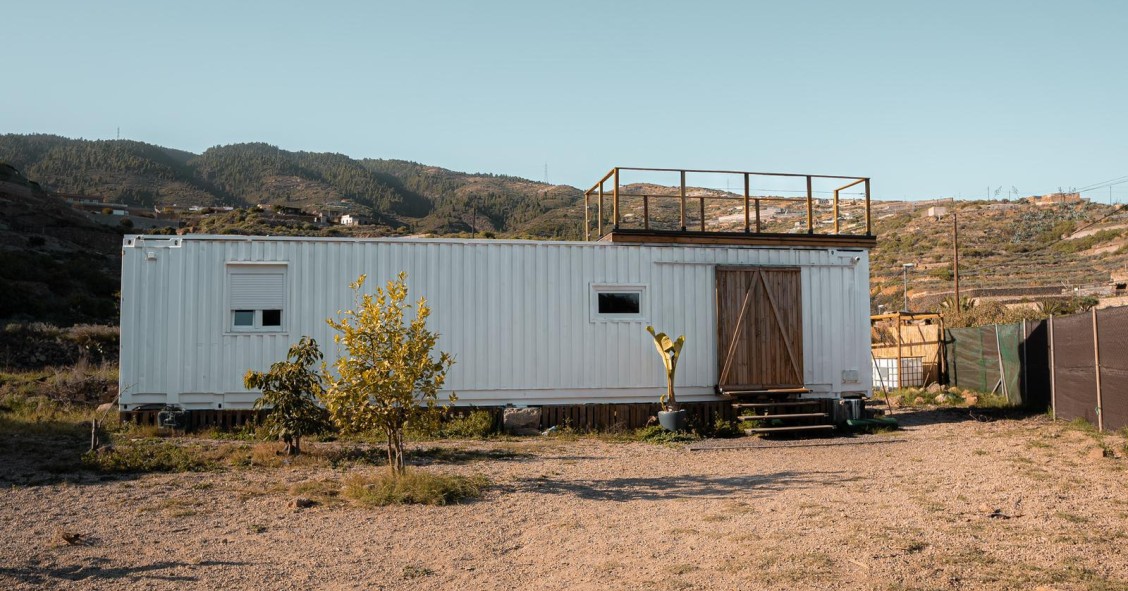
If you discover that your home has been occupied, it is crucial to act swiftly and with a clear understanding of your rights. This guide outlines the step-by-step process to help you respond effectively and take the necessary legal measures to reclaim your property.
Stay calm and assess the situation
The first thing you should do is check what type of squatting has occurred:
- Recent: If less than 48 hours have passed and the squatters have not settled in, authorities may intervene immediately.
- Long-term: If the squatters have been in your home for several days, you'll have to initiate legal proceedings.
Remember that law enforcement must operate within the legal framework, and squatters cannot be evicted without a court order once they have already taken up residence.
Report the situation to the police
Go to the nearest police station and report the situation, providing as much information as possible, including:
- Property deed or any document that proves you are the rightful owner
- Photographs of inside the home before the squatters arrived, if you have them
- Any testimony from neighbours that can prove that the house was illegally occupied
Filing a complaint is essential to initiate any legal action.
Contact a specialised lawyer
The eviction process is complex and requires specialised legal knowledge. An eviction lawyer will guide and represent you in:
- Filing an eviction lawsuit for illegal squatting
- Process precautionary measures to speed up the judicial process
- Ensure that your rights as a property owner are respected throughout the entire process
If you have taken out anti-squatter insurance, you can activate the legal coverage included and receive specialised advice from the outset.
Document damage and evidence
As the legal process progresses, it is important to gather evidence that can support your case:
- Photos and videos of the exterior of the occupied home
- Records of visible damage to doors, windows or other areas of the property
- Communications or threats received from the squatters (if any)
This will help claim any associated damages once you have regained possession of your home.
Initiate a judicial process
In Spain, the eviction of squatters must be authorised by a judge. The process can take several months, depending on the courts' workload and the cooperation of the parties involved. If you have anti-squatter insurance, it will cover:
- The legal costs of the process
- Telephone and virtual legal assistance
- Claim for damages caused by squatters on the property
Recover your home and assess the damage
Once the eviction has been carried out, thoroughly review the condition of your home to identify:
- Damage to the home, such as doors, windows or walls
- Damage to facilities, such as pipes or electrical systems
- Loss or deterioration of furniture and belongings
With anti-squatter insurance, you can request financial compensation to cover the costs of repairs and cleaning.
Take steps to prevent future squatting
Prevention is key to safeguarding your home from potential future occupations. Some recommended measures include:
- Install advanced security locks or armoured doors
- Hire alarm or video surveillance systems
- Maintain contact with neighbours so they can notify you in case of suspicious activity.
- Take out anti-squatter insurance that provides you with assistance in the event of new incidents
Squatting is a sensitive issue that can persist for a long time if not addressed swiftly and properly. Take out your Anti-Squatters insurance now to secure your home and ensure your peace of mind.






